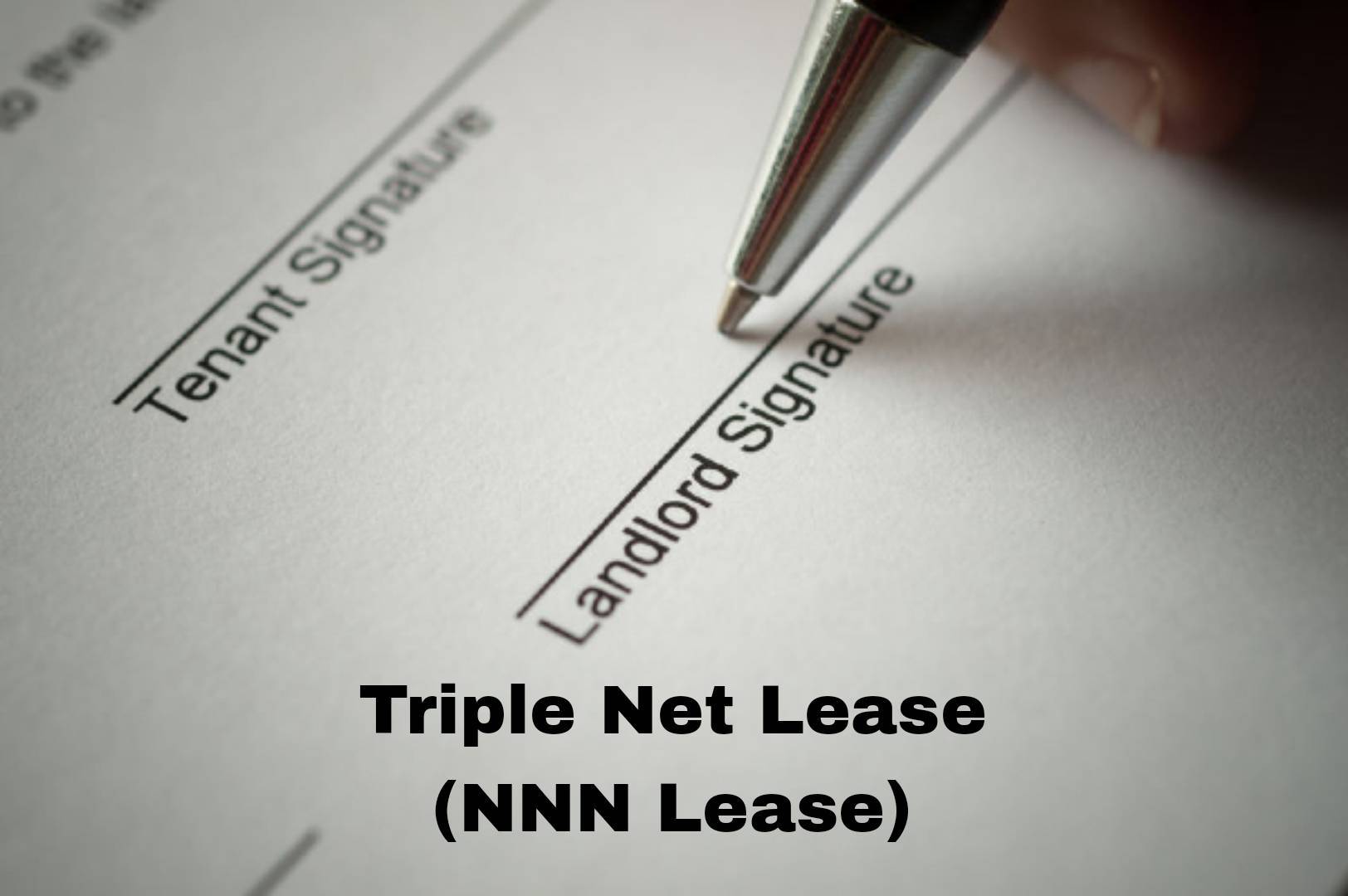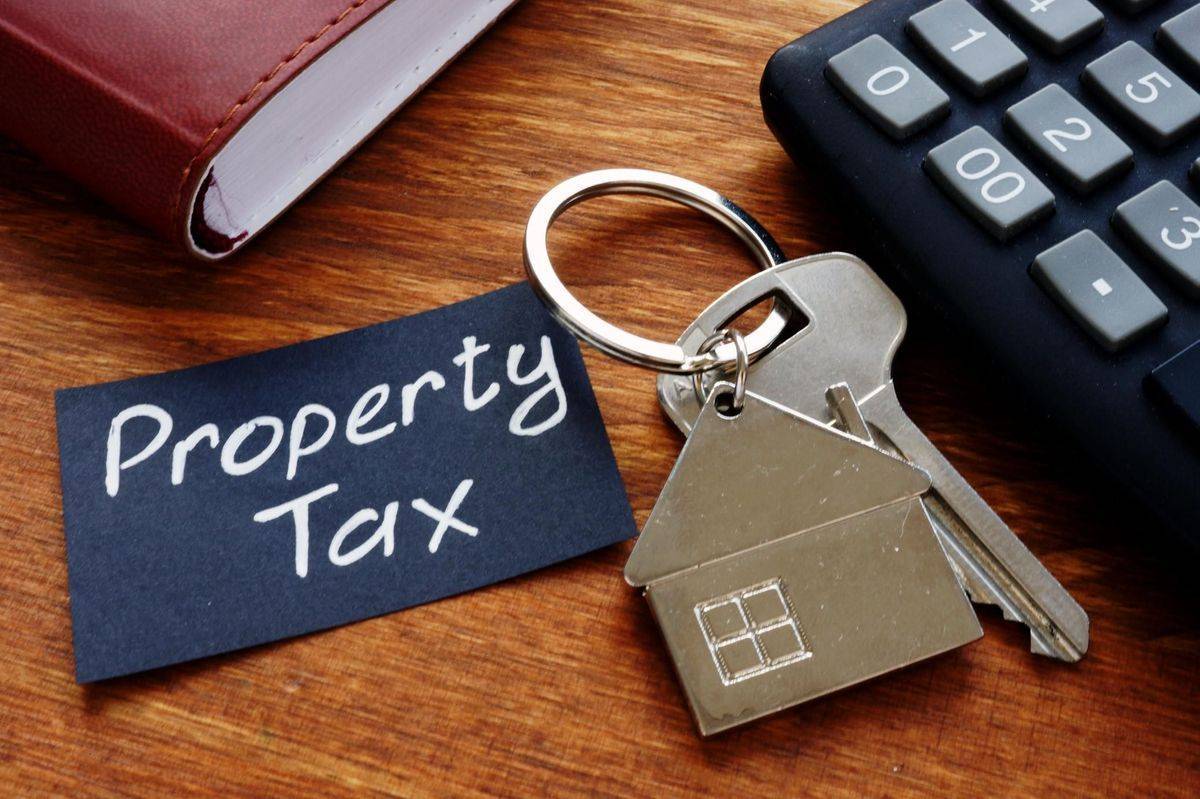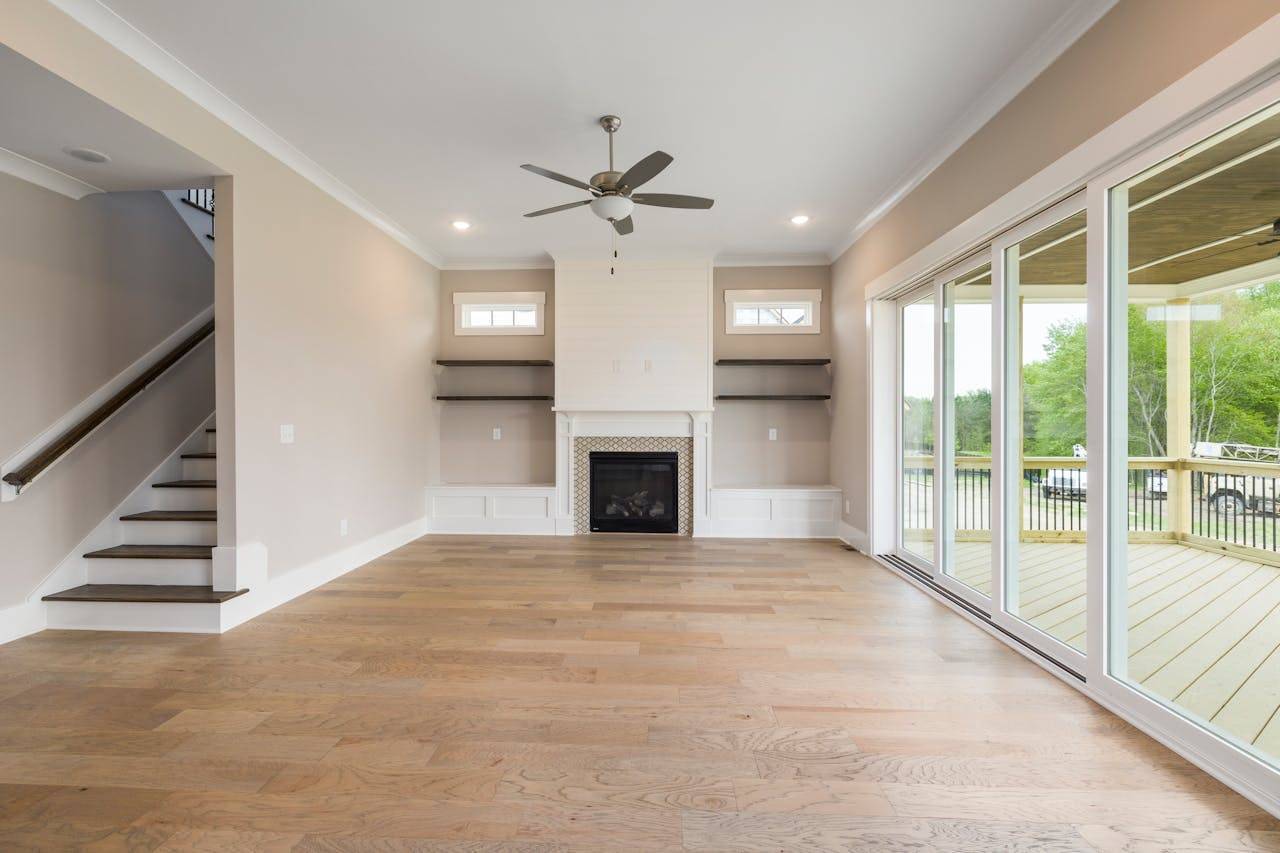In the Indian commercial real estate market, landlords and tenants have several lease options to consider. Traditional gross leases, where the landlord covers most operational costs, differ from triple-net (NNN) leases, which have a unique structure with distinct advantages and disadvantages for both parties.
Understanding Triple-Net Leases (NNN)
Triple net leases (NNN leases) in commercial real estate require tenants to assume additional financial responsibilities beyond base rent, including property taxes, insurance premiums, and maintenance costs. This leasing structure shifts operational expenses from landlords to tenants, providing landlords with stable rental income and reduced management burdens.
Applications Of Triple-Net Leases in Commercial Real Estate
When considering the application of triple net leases (NNN leases) in commercial real estate, several types of properties are commonly associated with this leasing structure.
- Retail Properties
- Office Buildings
- Medical and Healthcare Facilities
- Restaurant and Hospitality
- Banking and Financial Institutions
- Specialty Retail and Services
- Mixed-Use Developments
Structure of Triple-Net Leases (NNN)
Triple net leases (NNN leases) have a distinct structure that sets them apart from other lease types in commercial real estate. This structure delineates specific financial responsibilities and operational duties between the landlord and tenant. Here are the primary components of triple net lease structures:
1. Base Rent- The tenant pays a predetermined base rent to the landlord, which is the agreed-upon rental amount for occupying the space. This base rent is typically lower than that of gross leases, as it does not include the operational costs of the property.
2. Property Taxes- The tenant is responsible for paying property taxes assessed on the leased property. These taxes are based on the property's assessed value and are paid directly to the local government or through the landlord, depending on the lease agreement's specifics.
3. Insurance Premiums- The tenant must obtain and maintain property insurance, covering potential damages or losses due to events like fire, theft, or natural disasters. Additionally, liability insurance to cover accidents or injuries occurring on the property is also required. This ensures that both the property and tenant operations are adequately protected.
4. Maintenance Costs- Tenants are accountable for all maintenance costs associated with the property. This includes routine upkeep such as landscaping, janitorial services, HVAC maintenance, and repairs necessary to keep the property in good condition. This responsibility ensures that the tenant maintains the premises according to their operational standards and business needs.
5. Utilities- Typically, tenants under NNN leases are also responsible for all utility costs, including electricity, water, gas, and any other services required for the property's operation. This allows tenants to manage their consumption and related expenses directly.
6. Common Area Maintenance (CAM)- In multi-tenant properties, tenants often share the costs of maintaining common areas, such as lobbies, parking lots, and landscaping. These costs are distributed proportionally among tenants based on their leased space.
7. Long-Term Commitment- NNN leases usually involve longer lease terms, often ranging from 10 to 20 years or more. This long-term commitment allows tenants to justify their investment in property maintenance and improvements, while landlords benefit from stable, predictable rental income over an extended period.
8. Lease Renewal and Escalation Clauses- NNN leases may include options for lease renewal, providing tenants with the opportunity to extend their stay beyond the initial term. Additionally, escalation clauses are often incorporated to account for inflation or market rate adjustments, allowing the base rent to increase periodically according to a predefined schedule or index.
Triple-Net Lease Types
Triple net leases (NNN leases) come in several types, each with specific variations that cater to different needs and circumstances in the commercial real estate market. The main types of triple net leases include:
1. Single-Tenant Triple Net Lease
In a single-tenant triple net lease, one tenant occupies the entire property and assumes responsibility for property taxes, insurance, and maintenance costs. This type of lease is common for standalone retail locations, such as fast-food restaurants, banks, and convenience stores. The tenant has complete control over the property and its upkeep, providing operational consistency and predictability for both the landlord and tenant.
2. Multi-Tenant Triple Net Lease
Multi-tenant triple net leases apply to properties with multiple tenants, such as shopping centers, office buildings, or industrial parks. Each tenant is responsible for their share of property taxes, insurance, and maintenance costs, often allocated based on the proportion of the space they lease. Common area maintenance (CAM) charges are also divided among tenants, covering expenses for shared spaces like lobbies, parking lots, and exterior areas.
3. Bondable Triple Net Lease
A bondable triple net lease, also known as an "absolute triple net lease," is the most landlord-favorable version of a triple net lease. In this structure, the tenant bears all possible risks, including expenses related to structural repairs and replacements, regardless of the circumstances. Even in the event of major damage or destruction, the tenant remains responsible for continuing rent payments and rebuilding costs. These leases offer the highest level of income security for landlords and are often used for high-credit tenants in essential businesses.
4. Modified Triple Net Lease
A modified triple net lease is a hybrid arrangement where certain expenses may be shared between the landlord and tenant. For example, while the tenant might still cover property taxes and insurance, the landlord may agree to handle major structural repairs or specific maintenance tasks. This type of lease offers flexibility and can be tailored to meet the specific needs and negotiations of both parties.
5. Ground Lease
In a ground lease, the tenant leases the land from the landlord and is responsible for building and maintaining any structures on the property. The tenant pays property taxes, insurance, and maintenance costs related to the land and any improvements made. Ground leases often have very long terms, sometimes up to 99 years, and are common in scenarios where tenants wish to develop or redevelop properties without purchasing the land outright.
Benefits for Landlords and Tenants in Triple-Net Leases
A triple-net lease (NNN lease) is a commercial lease agreement where the tenant agrees to pay all property expenses, including real estate taxes, building insurance, and maintenance, in addition to rent and utilities. This type of lease offers distinct advantages to both landlords and tenants:
Benefits for Landlords
- Landlords enjoy a steady and predictable income stream as the tenant assumes responsibility for most operating expenses.
- Landlords are relieved from the burden of managing and maintaining the property, as tenants handle maintenance, repairs, and property-related expenses.
- Landlords are protected from the risks associated with rising property taxes, insurance premiums, and maintenance costs, as these are covered by the tenant.
- Triple-net leases can make properties more attractive to investors seeking low-maintenance, stable income-generating assets.
- These leases often involve long-term commitments, providing landlords with long-term financial stability and reduced vacancy risks.
Benefits for Tenants
- Tenants have more control over the property’s maintenance and upkeep, allowing them to ensure the property meets their business needs and standards.
- Tenants can make modifications and improvements to the property more easily without needing landlord approval, provided they maintain the property’s value.
- Since tenants pay property taxes directly, they may be able to deduct these expenses as business expenses, potentially reducing their taxable income.
- With long-term leases, tenants benefit from stable rental rates and the security of a long-term location for their business operations.
- Tenants may find cost savings in handling maintenance and repairs themselves, as they can often manage these expenses more efficiently than a landlord.
Best Practices for Implementing Triple-Net Leases
To ensure a successful and mutually beneficial triple-net lease arrangement, both landlords and tenants should follow best practices:
Conduct Thorough Due Diligence: Before entering into a triple-net lease agreement, both parties should conduct thorough due diligence. This includes reviewing financial statements, property condition reports, and local market conditions. Understanding the financial health of potential tenants is crucial for landlords to mitigate risks.
Maintain Open Communication: Effective communication is essential for a successful landlord-tenant relationship. Both parties should maintain open lines of communication and address any issues or concerns promptly. Regular meetings or check-ins can help ensure that both parties are satisfied with the lease terms and property condition.
Implement Regular Inspections: Regular property inspections are crucial for identifying and addressing maintenance issues. Landlords and tenants should establish a schedule for inspections and document the condition of the property. This proactive approach helps maintain the property’s value and prevents small issues from becoming major problems.
Ensure Compliance with Regulations: Both parties should ensure that the lease agreement complies with all relevant local regulations and laws. This includes obtaining necessary permits and adhering to building codes and safety standards. Consulting with legal experts can help navigate the complex regulatory landscape in India.
Plan for Contingencies: Both landlords and tenants should plan for contingencies, such as unexpected maintenance costs or changes in market conditions. Having a contingency plan in place can help mitigate financial risks and ensure a smooth lease term. This might include setting aside funds for emergency repairs or market fluctuations.
Conclusion
Triple-net leases offer a range of benefits for both landlords and tenants in the Indian commercial real estate market. For landlords, the reduced operational expenses, predictable income, lower management burden, and potential for higher profit margins make NNN leases an attractive option. For tenants, the possibility of lower base rent and greater control over maintenance and operational costs can be appealing, despite the increased financial responsibilities.
However, successful implementation of a triple-net lease requires careful consideration of legal, financial, and operational aspects. Both parties must engage in thorough due diligence, maintain open communication, and ensure compliance with local regulations. By following best practices and planning for contingencies, landlords and tenants can create a mutually beneficial arrangement that maximises profits and maintains property value.
Whether you are a landlord looking to reduce your management burden and secure stable income, or a tenant seeking cost-effective rental options with greater control, understanding the intricacies of triple-net leases can help you make informed decisions in the dynamic Indian commercial real estate market.
Image source- yahoo.com









.png)